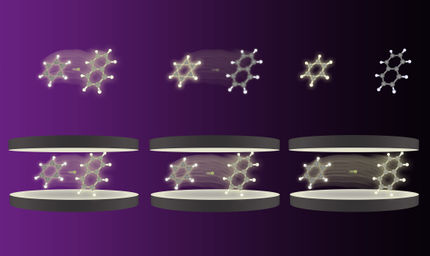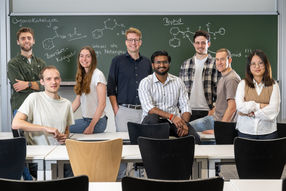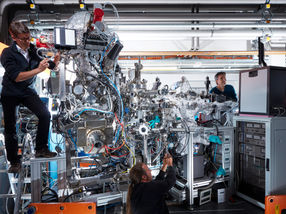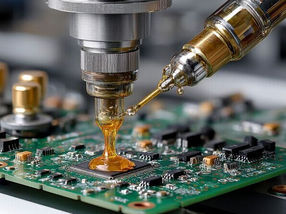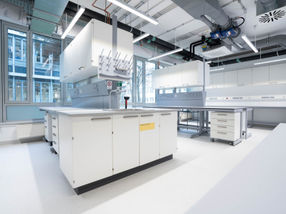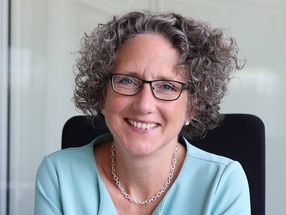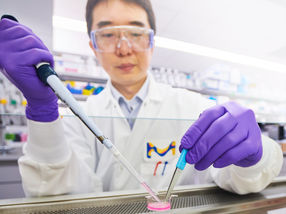Innovative process opens up new perspectives for thin-film technology applications
Researchers developing methods for synthesising material layers using gaseous molecular fragments
Advertisement
For the past five years, researchers at Leipzig University have been working on fundamentally new methods for selectively assembling gaseous, charged molecular fragments into new, complex molecules. The synthesised substances are deposited onto surfaces. This innovative process opens up new perspectives for applications in modern nanoelectronics and sensor technology. It also offers new avenues of research across various scientific disciplines – from catalyst research to medical applications. The scientists at Leipzig University, together with their collaborators at Purdue University (US), have published a summary of their findings from this period in the journal Nature Reviews Chemistry.
“Until now, charged molecular fragments have mainly been studied in analytical chemistry to determine the structure of molecules. However, research in recent years has shown that these fragments are also highly relevant for synthetic applications. By selectively depositing them onto surfaces, it is possible to trigger chemical reactions that would not be feasible using conventional synthesis methods,” explains Professor Jonas Warneke, head of the research group at the Wilhelm Ostwald Institute of Physical and Theoretical Chemistry at Leipzig University.
The research instruments used – specially optimised for so-called thin-film synthesis with charged molecular fragments – exist at only two locations worldwide. They were developed jointly by the research groups led by Professor Jonas Warneke and Professor Julia Laskin at Purdue University. Thin-film synthesis refers to the production of thin layers with thicknesses ranging from the nanometre to the micrometre scale.
In the article, the Leipzig research team reports on its work involving the controlled formation of chemical bonds using “aggressive” molecular fragments. For example, the most chemically reactive negatively charged molecular fragment known to date – which has a long history of research in Leipzig – was specifically bonded to other molecules. Even nitrogen from the air, which is generally considered to be unreactive, was bound in layers on surfaces. This opens up new possibilities for using such inert chemical feedstocks to synthesise new molecules and functional materials on surfaces, or to selectively modify the properties of material surfaces.
The publication also outlines the research conducted by the team at Purdue University on linking metal-containing, charged “nanoclusters” – small particles with a precisely defined number of atoms – which are of interest for quantum technologies due to their unique magnetic and electronic properties. The article also reports on the joint work of the two research groups on developing the instruments and studying the behaviour of molecular, charged catalysts on surfaces.
“We aim to optimise our work in the coming years by developing even more powerful instruments for thin-film synthesis using molecular fragments,” says Warneke. This could enable the synthesis of materials on the microscale and pave the way for applications of the remarkable new compounds assembled from molecular fragments in microsystems technology. In addition, the Leipzig research team is developing new approaches for analysing large biomolecules on surfaces by attaching charged molecular fragments – an advance that could contribute to a fundamental understanding of the biological functions of these molecules on cell surfaces.
Original publication
Other news from the department science
Most read news
More news from our other portals
See the theme worlds for related content
Topic world Synthesis
Chemical synthesis is at the heart of modern chemistry and enables the targeted production of molecules with specific properties. By combining starting materials in defined reaction conditions, chemists can create a wide range of compounds, from simple molecules to complex active ingredients.
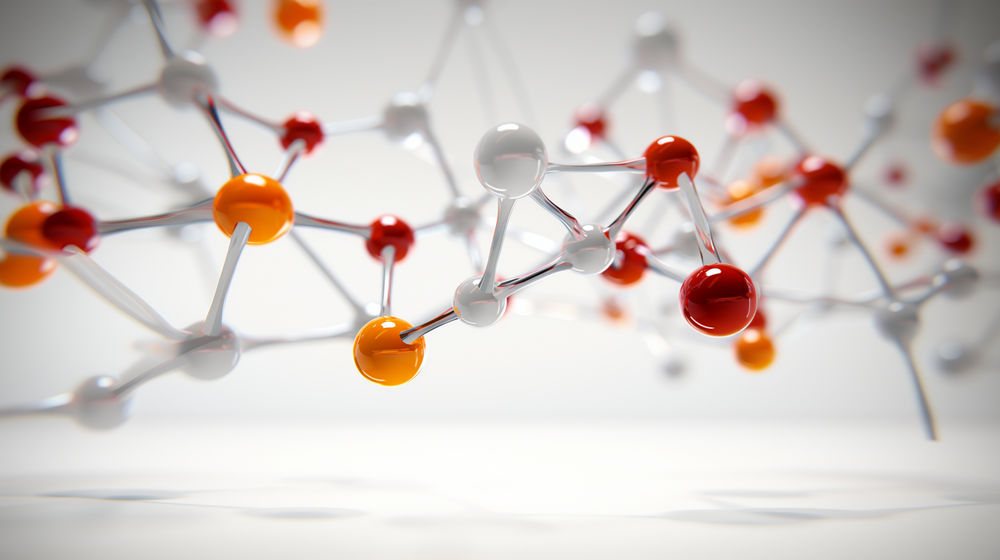
Topic world Synthesis
Chemical synthesis is at the heart of modern chemistry and enables the targeted production of molecules with specific properties. By combining starting materials in defined reaction conditions, chemists can create a wide range of compounds, from simple molecules to complex active ingredients.




